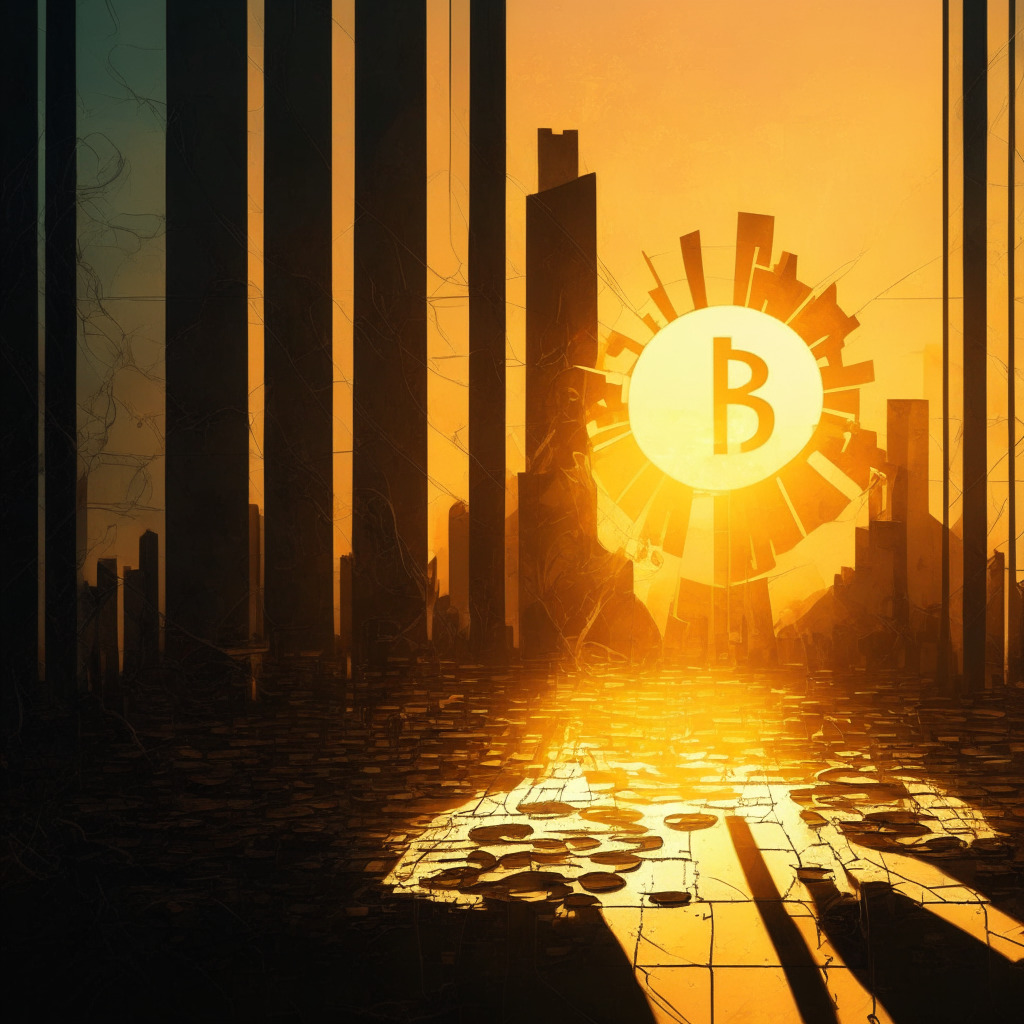In the picturesque setting of Jackson Hole, the Federal Reserve did not disappoint with its annual gathering. Often regarded as an economic oasis, this gathering provides insight into how the US economy will be steered, particularly under the watchful eye of the chairman of the Federal Reserve, Jerome Powell.
Over the years, Powell has been pivotal in shaping US monetary policy, seemingly converting economic predictions into reality. However, some may argue that this is not always the case. Last year, for example, Powell’s bearish predictions were countered by job growth and slowed inflation. This year, his forecasts have closely mirrored those presented by many economists. Both instances might lead some to believe that the attainment of economic stability may not be solely dependent on the chair’s predictions but could be swayed by several other factors.
With the fast-paced growth of the US economy, the Federal Reserve has been grappling to keep inflation down to its target of 2%. Despite heightened economic uncertainty, there seems to be an unchanged outlook on policy. Previously, the plan was clear-cut: the Federal Reserve would increase interest rates to curb economic expansion, whether it was popular or not. However, the current approach seems to be about adjusting and reacting to unpredictable shifts in the economic environment, which evokes a sense of skepticism.
Arguably, these uncertain times may be captivating for those intrigued by economics. It’s as if the world’s leading banker is now at the mercy of fate, yet the decisions made still significantly impact the cost of living. From making mortgages more expensive to affecting the buying capacity of the common American, Powell’s decisions have a ripple effect on the economy.
There was a flicker of hope for a rate cut, which would likely lead to a rise in risky asset investment. However, this hope was dashed as Powell did not even make reference to a reduction, suggesting that investors who expected a cut will have to hold off.
On a peculiar note, the method of measuring inflation might seem irrational to some, with people being paid to note down grocery store prices and arguments about whether fuel costs should even be considered. Standard inflation is set at 2%, but the logic behind this is simply because it is considered “right” for consumer comfort and economic growth.
When comparing this unpredictable, human-driven system to the mathematical certainty of cryptocurrencies like Bitcoin, the latter might seem more rational to some. The fixed emission schedule of Bitcoin, for instance, ensures a known circulation amount. However, the choice between cryptocurrencies and fiat is not binary, as even the fiercest crypto enthusiasts can choose to pivot to fiat if they believe in its stability.
This year’s Jackson Hole gathering reiterates that there is no perfect economy, just the one we navigate and adapt to. Powell’s policy stands in stark contrast to the fixed nature of Bitcoin, with the unknown future only adding to this divergence. Perhaps this uncertainty offers a sense of stability, despite Bitcoin’s promise of a predetermined future.
Source: Coindesk




